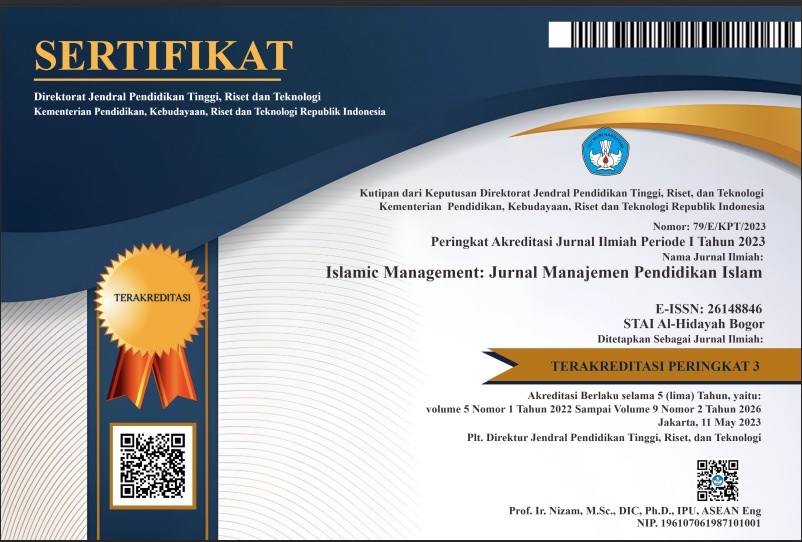UTILIZATION OF DIGITAL APPLICATIONS IN IMPROVING STUDENT UNDERSTANDING OF ISLAMIC RELIGIOUS EDUCATION SUBJECTS
DOI:
https://doi.org/10.30868/im.v8i01.7792Keywords:
Digital apps, student comprehension, Islamic Religious EducationAbstract
The utilization of digital technology in education continues to grow, including in learning Islamic Religious Education (PAI). This study aims to analyze the effectiveness of digital applications in improving students' understanding of PAI materials. The research was conducted through quantitative and qualitative approaches involving students and teachers from various levels of education. The results showed that digital applications, such as learning videos, interactive quizzes, and online modules, are able to improve students' understanding of Islamic concepts. However, this effectiveness depends on device availability, digital literacy and teacher support. This study suggests the integration of digital apps designed according to the curriculum and students' needs.
References
Dewi, R. (2022). Teknologi Pendidikan: Strategi Baru dalam Proses Belajar Mengajar. Jakarta: Gramedia.
Hasan, A. (2021). “Efektivitas Aplikasi Digital dalam Pembelajaran Agama Islam”. Jurnal Pendidikan Islam, 10(2), 45-57.
Nisa, S. (2020). “Integrasi Teknologi dalam Pendidikan Agama: Sebuah Kajian”. Jurnal Teknologi dan Pendidikan, 8(1), 23-34.
Yusuf, M. (2019). Pendidikan Agama Islam di Era Digital. Bandung: Alfabeta.
Zulkifli, R. (2023). “Pengaruh Media Digital terhadap Pemahaman Keislaman Siswa”. Jurnal Studi Islam, 15(3), 89-102.
Downloads
Published
How to Cite
Issue
Section
Citation Check
License
Copyright (c) 2025 Adam Mustakim, Moh. Sahlan, Saihan Saihan, Agus Zainudin

This work is licensed under a Creative Commons Attribution-ShareAlike 4.0 International License.
Authors who publish with this journal agree to the following terms:
- Authors retain copyright and grant the journal right of first publication with the work simultaneously licensed under a Creative Commons Attribution License that allows others to share the work with an acknowledgment of the work's authorship and initial publication in this journal.
- Authors are able to enter into separate, additional contractual arrangements for the non-exclusive distribution of the journal's published version of the work (e.g., post it to an institutional repository or publish it in a book), with an acknowledgment of its initial publication in this journal.
- Authors are permitted and encouraged to post their work online (e.g., in institutional repositories or on their website) prior to and during the submission process, as it can lead to productive exchanges, as well as earlier and greater citation of published work (See The Effect of Open Access).






